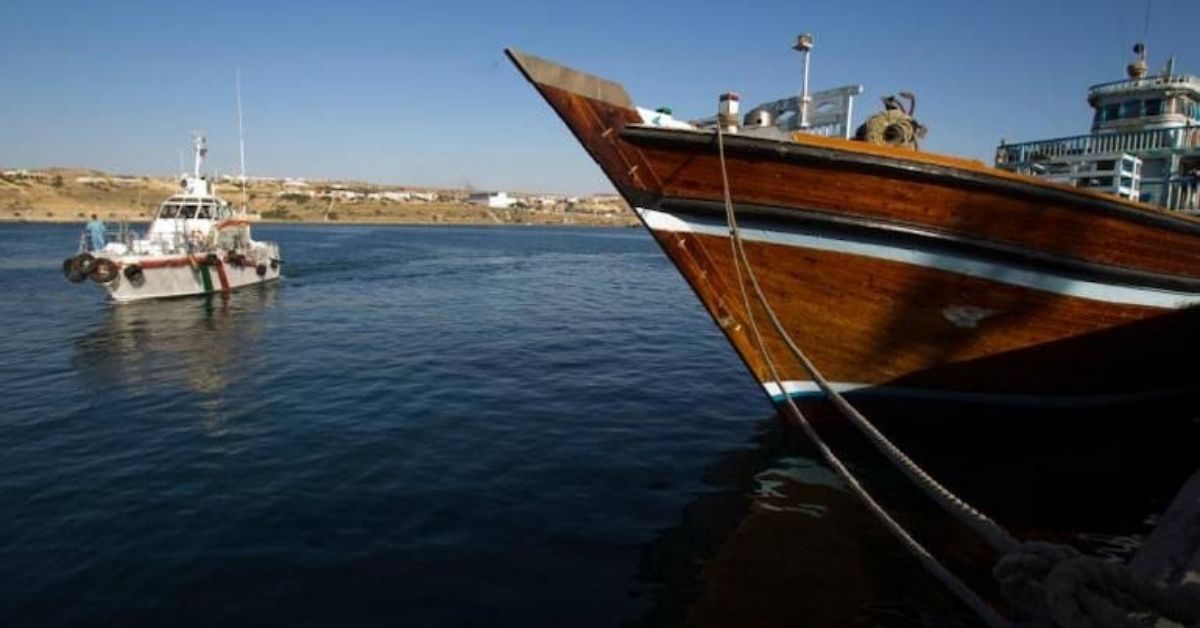Russia is looking to enhance its trade connectivity access to the Middle-east and South Asia, with Iran strategically important in allowing it to do so. Russia has Caspian Sea access via its ports at Astrakhan, which permits maritime shipment south to Iran’s Caspian ports at Anzali amongst others. From there, road, and from early 2023, rail transport can continue south to Bandar Abbas and the Chabahar Ports giving access to the Persian Gulf.
To smooth these developments, Russian Economic Development Minister Maxim Reshetnikov met with Iranian Central Bank Governor Ali Salehabadi last Thursday (July 7), at which the importance of further development of cooperation in the financial and banking sphere and in transport and logistics was emphasized. That mainly centres on trade along the International North-South Transportation Corridor (INSTC) which bisects Iran north-south giving access to Russia, the Middle-east, East Africa, and South Asia.
A statement was subsequently issued by the Russian Ministry of Foreign Affairs, saying “Russia and Iran assign particular priority to implementing joint investment projects, including in the sphere of port infrastructure development for a fully-fledged launch of the International North-South Transport Corridor. Interest in developing logistics centers and services for transshipment of Russian cargo at Iranian ports in the Caspian Sea and the Persian Gulf was emphasized, in particular.
A memorandum prepared by the Economic Development Ministry jointly with interested agencies and organizations on developing long-term cooperation between Russia and Iran in the trade and economic sphere would facilitate realization of the present trade potential, as would a free trade agreement between the Eurasian Economic Union and Iran. A temporary agreement is currently in place leading to the formation of a free trade zone, and completion of domestic procedures to ratify a protocol to extend it is expected in Russia in the near future.”
The conclusion of a permanent agreement on a free trade zone between the Eurasian Economic Union (EAEU) and Iran will allow for deregulation of 80% of trading volume and goods and further strengthen the viability and competitiveness of Russian goods to the Iranian market as well as vice versa. The EAEU also includes Armenia, Belarus, Kazakhstan, and Kyrgyzstan, all of which can be reached from the INSTC.







